

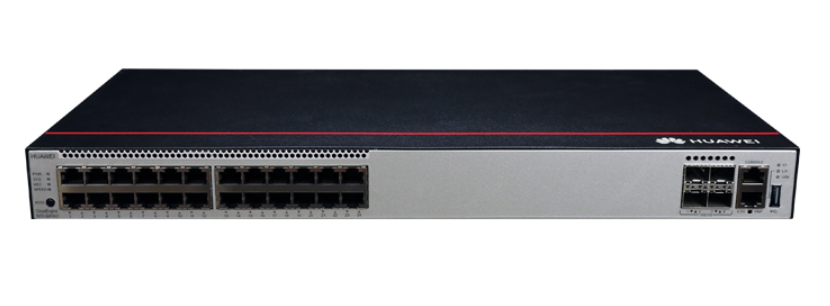
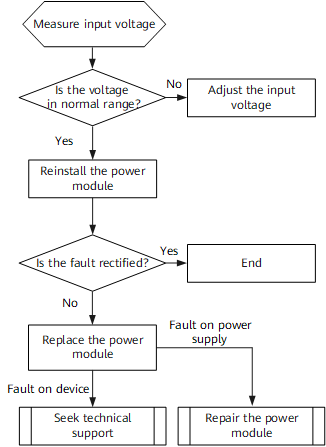

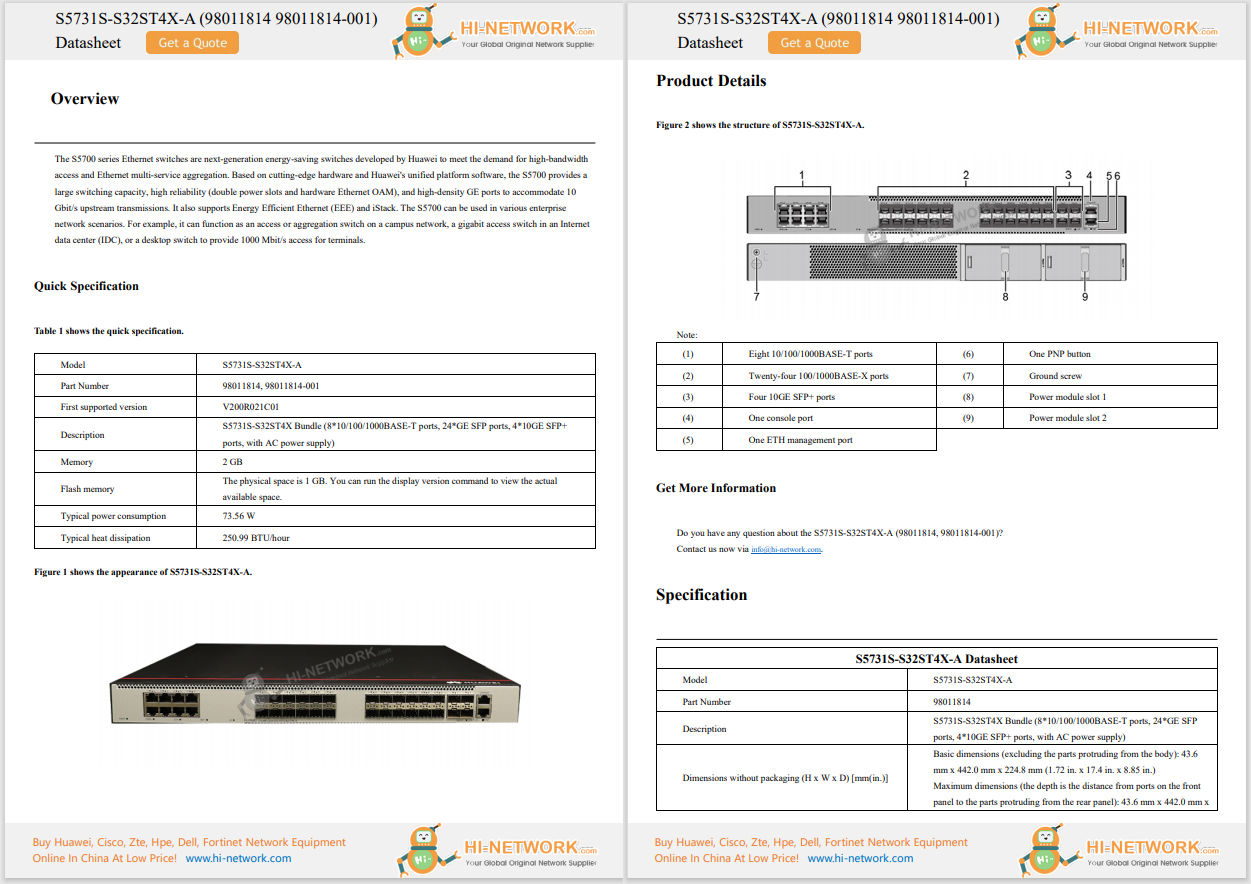



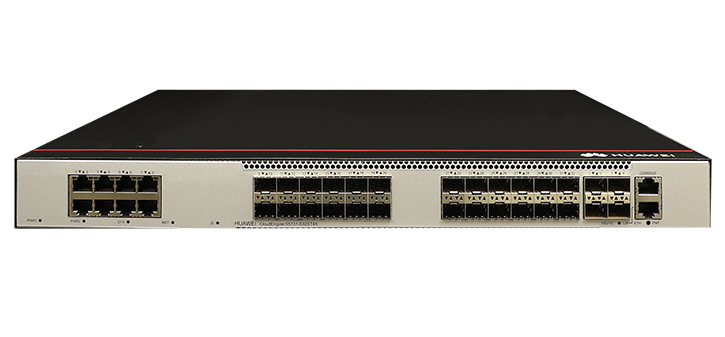



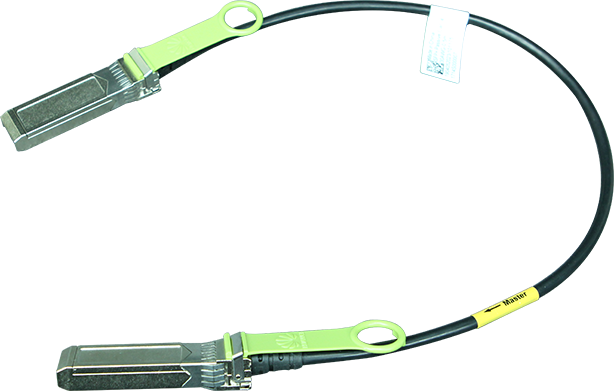
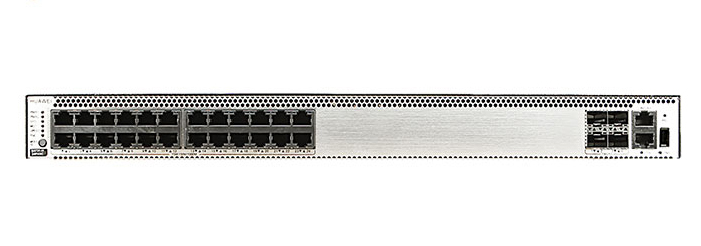



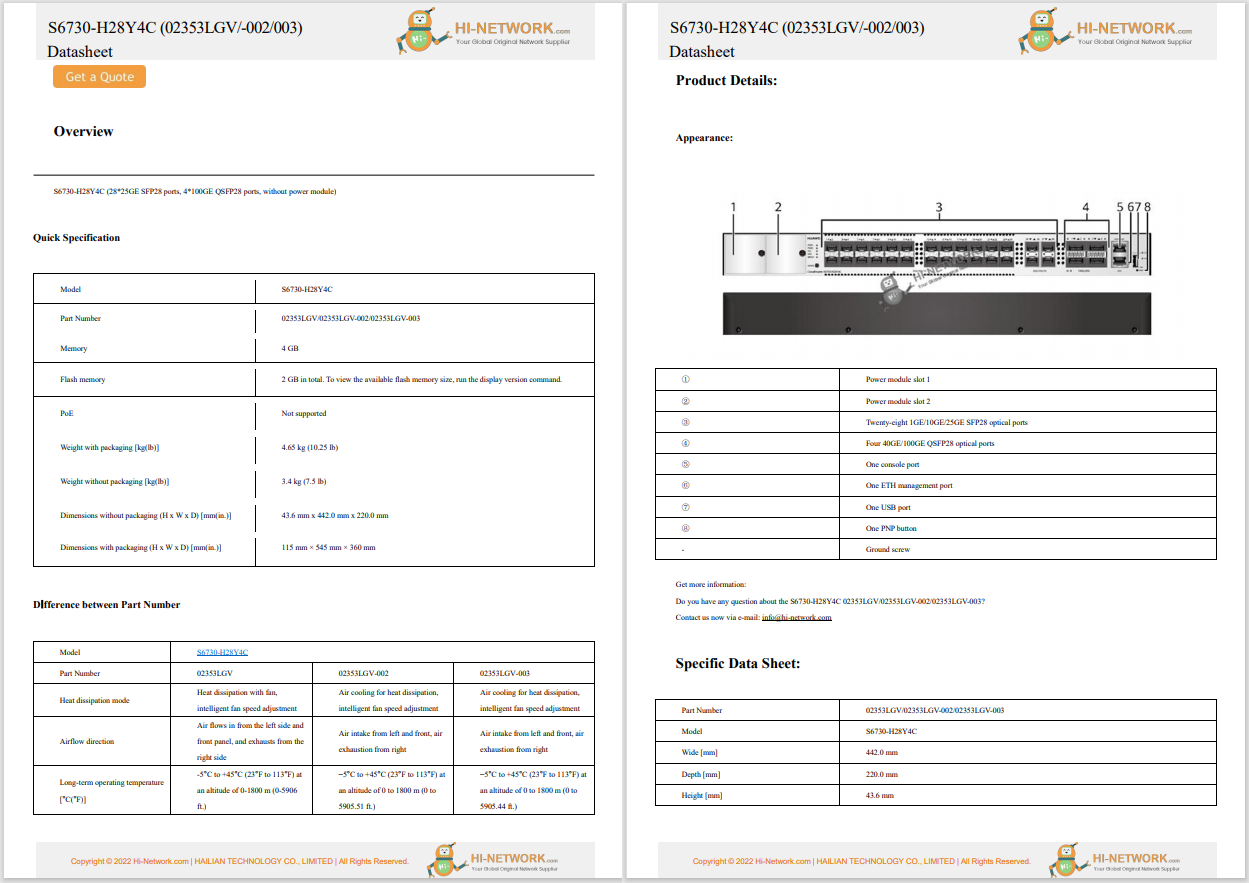


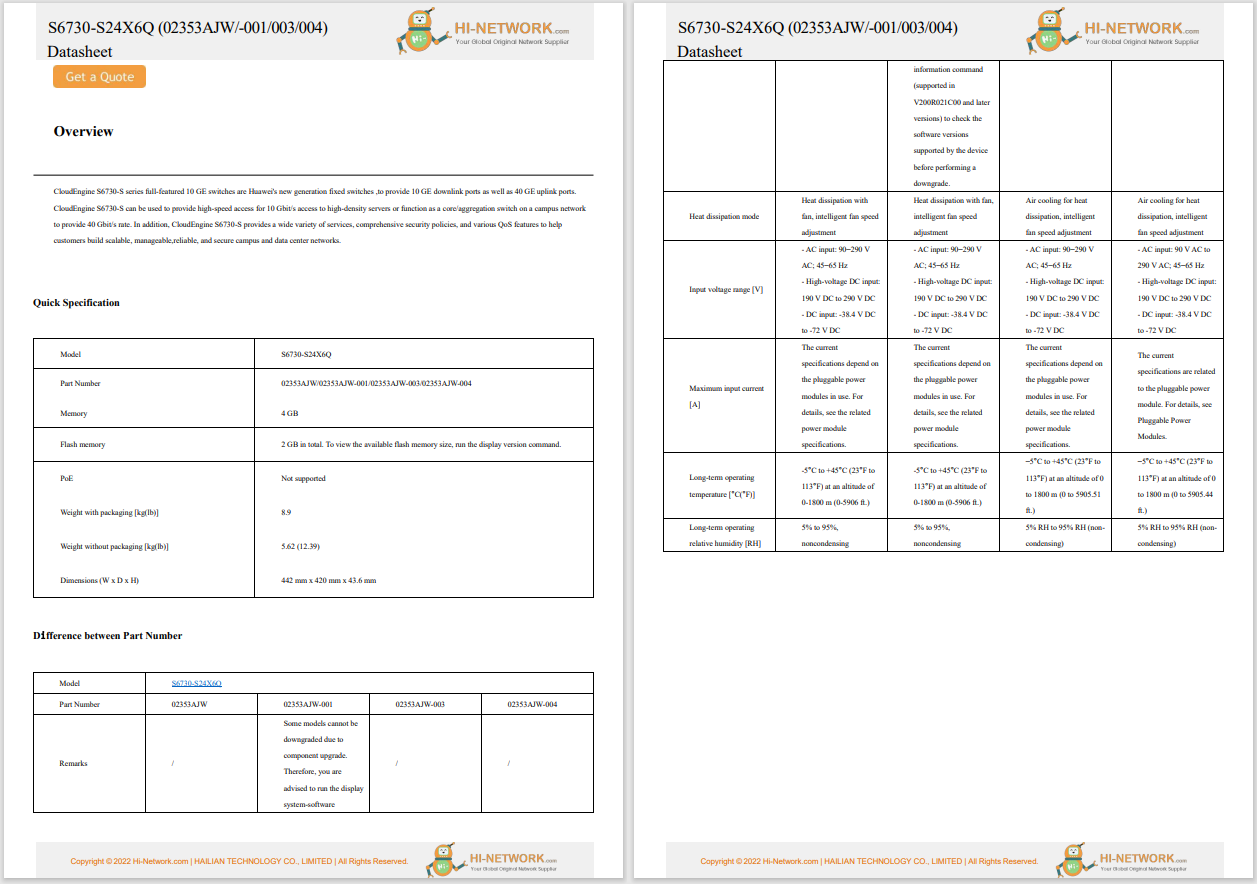

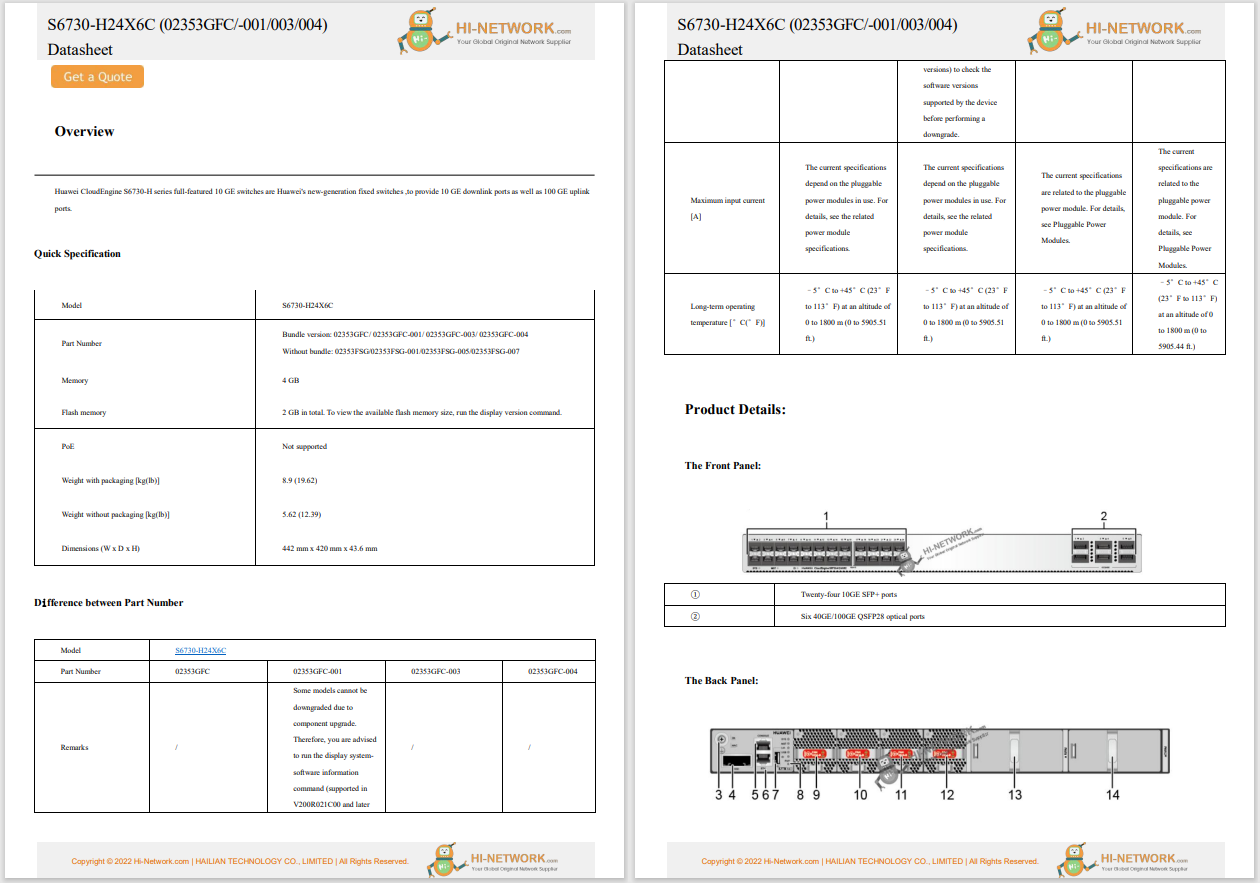
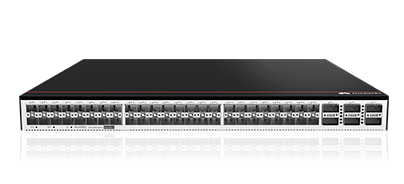

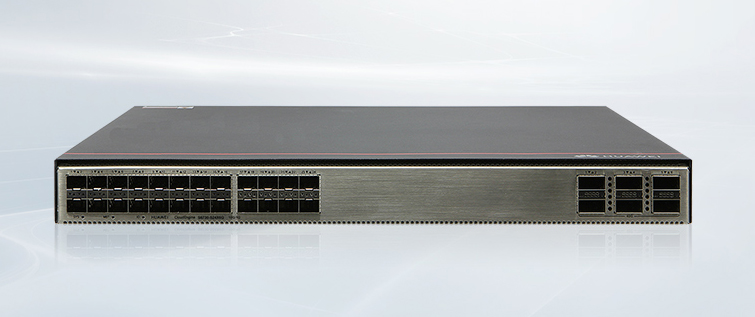



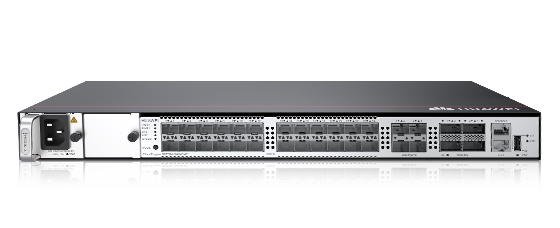


A loupe is a small optical magnifying device that surgeons, jewelers, watchmakers, and anyone working with the fine details of small items can use to magnify and provide close-up views. Loupes can be handheld or mounted to eyeglass frames. They differ from traditional magnifying glasses because they have considerably greater magnifying capability and are designed to be used at very close range.
At the beginning of this year, Ocutrx Technologies introduced DigiLoupes, an AR/XR headset that contains 3D sensors and a pancake lens that provides high-quality optics and high-resolution imaging in a headset design.
Also: The best AR and MR glasses we've tested (and how the Meta Ray-Bans stack up)
spoke with Dr. Leonel Hunt, an orthopedic spine surgeon in LA who knows the DigiLoupes product.
: Can you tell us about your journey into spinal surgery and what inspired you to specialize in this field?
Dr. Leonel Hunt
Leonel Hunt:My journey into spinal surgery was driven by a combination of personal interest and professional experiences.
Also: My favorite XR glasses for productivity and traveling got 3 major upgrades (and a big discount)
Early on, I realized the significant impact that spine health has on a person's quality of life. During my medical training, I was particularly drawn to the complexities of spinal conditions and the opportunity to make a true difference in patients' lives through surgery. I was inspired by the challenge of treating pediatric and adult scoliosis and complex spine disorders.
Over time, I began to specialize in minimally invasive surgical techniques because of their potential to reduce recovery times and improve patient outcomes. Being able to combine my clinical expertise with the evolving technology in spinal care has been both rewarding and transformative for me.
: What challenges in spinal surgery do you feel technology like VR/AR is best suited to address?
LH:In spinal surgery, one of the biggest challenges is ensuring precision, as well as minimizing the risk of complications. Traditional methods rely heavily on the surgeon's skill and experience, but even the best surgeons can face difficulties in complex cases.
VR/AR technology addresses these challenges by providing surgeons with real-time, 3D visualization of the surgical site, which allows for enhanced precision and a clearer view of critical structures like nerves and blood vessels.
Also: Meta's latest limited edition Ray-Ban smart glasses are here - and they're fancy
Technologies like the DigiLoupes headset are perfect for this, offering high-resolution, customizable digital views of the surgical field, helping surgeons navigate complex procedures with more accuracy. These technologies also improve pre-surgical planning, offering simulations and models that help surgeons anticipate and plan for complex spinal procedures.
: In what ways do you see VR/AR fundamentally changing the landscape of surgery, particularly in spinal procedures?
LH:VR/AR is fundamentally changing surgery by bridging the gap between preoperative planning and real-time surgical intervention. For spinal procedures, this technology allows surgeons to access holographic visualizations of a patient's spine, including real-time overlays of CT scans or MRI images.
The DigiLoupes headset is an excellent example of how AR/XR can assist in these procedures. It enhances intraoperative navigation, guiding the surgeon with unparalleled accuracy.
Over time, I believe AR and VR will redefine surgical workflows by providing better visualization, improving patient outcomes, and reducing recovery times through more precise interventions.
: How does VR/AR technology enhance precision and accuracy during surgeries?
LH:VR/AR technology enhances precision by providing real-time, interactive 3D visualizations that allow surgeons to see detailed anatomical structures. In spinal surgery, for example, surgeons can visualize critical areas such as the spinal cord, nerve roots, and bone structures without the need for direct access or reliance on traditional imaging.
The DigiLoupes headset, with its multiple digital views and up to 10x magnification, offers precise real-time imaging, improving the accuracy of every move the surgeon makes and reducing the risk of errors.
: What impact does immersive technology have on reducing surgical fatigue or improving ergonomics for surgeons?
LH:Immersive technology, like VR/AR, plays a crucial role in improving surgeon ergonomics by eliminating the need to adopt uncomfortable postures during long surgeries. For example, traditional surgical loupes force surgeons to tilt their heads down, which can cause neck and back pain over time.
The DigiLoupes headset eliminates this issue by offering digital, hands-free visualization, allowing the surgeon to maintain a neutral, comfortable position. Thisreduction in physical strain can significantly decrease fatigue, enabling surgeons to perform more efficiently and comfortably over longer periods.
: Could you elaborate on the ways VR/AR aids in pre-surgical planning and intraoperative navigation?
LH:VR/AR is incredibly valuable in both pre-surgical planning and intraoperative navigation. Before surgery, it allows surgeons to interact with detailed 3D models of the patient's anatomy, helping them understand the complexities of the case and plan their approach.
The DigiLoupes headset, for instance, allows for seamless integration of preoperative views, providing real-time imaging overlays that guide the surgeon during surgery. This enhanced navigation improves accuracy, reduces the risk of errors, and leads to better outcomes for the patient.
: Are there any specific spinal conditions or surgeries where VR/AR technology is particularly transformative?
LH:VR/AR technology is particularly transformative in surgeries involving complex spinal conditions such as scoliosis, spinal deformities, and complex fractures. These conditions often require highly precise, multi-step procedures, and any misstep can lead to significant complications.
Also: I tried smart glasses with built-in hearing aids - and they worked surprisingly well at CES
With VR/AR, surgeons can visualize the spine in 3D, improving their ability to plan and execute intricate surgeries with a higher degree of precision. For conditions like degenerative disc disease or spinal tumors, AR tools allow surgeons to navigate with clearer, more precise visualizations of critical structures, and the DigiLoupes headset can magnify these areas to ensure more accurate procedures.
: How do VR and AR tools contribute to medical training for spinal surgery?
LH:VR and AR tools provide a safe and immersive environment for training surgeons. These technologies can simulate complex spinal surgeries, enabling trainees to practice and refine their skills without the risks associated with live procedures.
Also: I tried Netflix on Vision Pro again, and now it's awesome - here's what changed
By allowing students and residents to experience a wide variety of surgical scenarios in a virtual setting, they can become more adept at handling rare or challenging cases before they encounter them in the operating room. Additionally, VR/AR technologies like DigiLoupes can be used to review surgical techniques, anatomy, and decision-making processes, enhancing the learning experience.
: In what ways can these technologies simulate complex cases to prepare surgeons for rare or challenging scenarios?
LH:VR/AR simulations can replicate rare or highly complex spinal conditions, allowing surgeons to practice procedures that they may encounter infrequently in real life. These technologies provide a way to rehearse difficult cases, such as severe spinal deformities or complex multi-level spinal fusions, in a realistic yet controlled environment.
By running these simulations, surgeons can hone their skills and gain confidence, ultimately improving their ability to handle challenging surgeries when they occur in the real world.
: How do you see VR/AR influencing patient education about their spinal conditions and surgical options?
LH:VR/AR is a game-changer in patient education. By using AR visualizations, patients can better understand their condition, seeing 3D models of their spine and how the surgery will address their specific issue. This interactive approach helps demystify complex medical procedures, giving patients a clear visual representation of their options.
Also: How VR is helping astronauts stay grounded in space: Life inside the ISS
For example, a patient with scoliosis can see how the surgery will correct their spinal curvature, which can reduce anxiety and improve the decision-making process.
VR/AR technology also helps patients understand the expected outcomes and recovery process, which is crucial for setting realistic expectations.
: Please explain the DigiLoupes headset, and suggest why a specialized headset might be better than, say, a Vision Pro or Meta 3?
LH:The DigiLoupes headset is a specialized surgical tool that replaces traditional medical loupes. It integrates advanced AR and XR technology alongside unique compact optical lens technology that offers high-quality, compact optics and full peripheral vision. This headset provides surgeons with multiple digital views during surgery, such as real-time surgery magnification, surgical navigation, preoperative imaging, and equipment readouts.
Also: Apple Vision Pro's killer feature is finally here - and made my$3,500 investment more worth it
Unlike general VR/AR headsets, such as the Vision Pro or Meta 3, which are designed for entertainment or broad-purpose use, the DigiLoupes is purpose-built for the medical field. It's optimized for the precise, hands-free visualization and ergonomics needed during surgery, improving comfort for the surgeon and producing greater surgical outcomes. Its lightweight design, advanced imaging capabilities, and specialized controls set it apart as a leading solution for surgeons.
: What specific features of the DigiLoupes headset stand out as game-changers for surgeons?
LH:Several features make DigiLoupes a game-changer for surgeons. These include ergonomics, hands-free operation, multiple surgical views, a wireless foot pedal, and variable/flexible magnification.
Unlike traditional loupes that force the surgeon into an uncomfortable chin-on-chest position, DigiLoupes enables a neutral neck posture, reducing strain during long surgeries. Surgeons can access high-magnification views, preoperative imaging, and real-time data without needing to put down instruments or move the patient, streamlining the workflow.
Surgeons can view the surgical site, magnification, and preoperative imaging simultaneously, all on one screen, enhancing precision. Surgeons can easily control magnification, illumination, and other settings with a programmable foot pedal, maintaining focus on the surgery. Rather than a fixed magnification, DigiLoupes offers customizable magnification levels, adapting to the surgeon's needs during the procedure.
Also: MIT Reality Hack revealed the momentum building in VR, AR, and XR
These features improve not only precision and visualization but also the overall comfort and efficiency of the surgeon.
: How does this headset compare to traditional surgical tools and other VR/AR solutions in the market?
LH:Traditional surgical loupes often require surgeons to bend their necks forward for long periods, leading to neck and back strain. DigiLoupes addresses this by providing a more ergonomic solution, allowing surgeons to maintain a healthy neck posture while still accessing high-quality visualizations of the surgical site.
Compared to other VR/AR solutions that are currently available, DigiLoupes is designed specifically for surgery, offering superior resolution, variable magnification, and hands-free capabilities.
Also: This $50 Meta Quest 3 accessory is a game-changer for people with glasses
It also includes features tailored to medical use, such as real-time surgery data overlays and preoperative imaging, which general VR/AR tools for entertainment lack.
The compact, lightweight design of DigiLoupes, along with its specialized controls, makes it far more suitable for the precision and comfort needed in surgery.
: Beyond spinal surgery, what other medical fields could benefit most from this technology?
LH:In addition to spinal surgery, DigiLoupes could be highly beneficial in several other medical fields. In orthopedic surgery, surgeons can utilize the magnification and high-resolution imaging for bone and joint surgeries, allowing for greater precision. In breast surgery, clear visualization of tissue layers aids in precise tumor removal and other delicate breast procedures.
Dentists, particularly periodontists, can benefit from the enhanced imaging capabilities provided by DigiLoupes for surgical procedures and implants. Dermatologists could use the headset for accurate visualization of skin layers during biopsies or excisions, enhancing diagnostic and surgical outcomes.
Also: How 5G and edge computing further drive VR to mass adoption as 6G rides into view
The versatility of DigiLoupes allows it to be adapted for various surgical specialties, providing better visualization, magnification, and ergonomics across multiple disciplines.
: What are the long-term implications of using immersive technologies in spinal surgery for the healthcare system as a whole?
LH:The integration of immersive technologies like VR/AR in spinal surgery could revolutionize the healthcare system by improving surgical precision, reducing errors, and enhancing the overall efficiency of surgeries. As these technologies allow surgeons to access real-time 3D visualizations, preoperative imaging, and magnification without sacrificing ergonomics, they can lead to better outcomes and lower risk of complications.
This may result in reduced patient recovery times, fewer complications, and a more streamlined surgical process. Over time, these advancements could reduce the costs associated with post-surgery care and hospital stays.
Additionally, the adoption of such technologies could lead to less physical strain on surgeons, reducing burnout and increasing overall workforce satisfaction.
: What advice would you give to surgeons looking to embrace VR/AR tools in their practice?
LH:Surgeons should approach VR/AR tools with a mindset of continuous learning and adaptation. It's essential to start by gaining a deep understanding of the technology and its applications within their specific surgical field. Training and hands-on experience with VR/AR tools, such as the DigiLoupes headset, are crucial to fully realizing their benefits.
Surgeons should take advantage of trial periods, attend relevant workshops, and consult with experts who have experience with VR/AR technologies. Collaboration with technology providers and keeping up with the latest advancements in the field will also be essential for staying at the forefront of surgical innovation.
Lastly, surgeons should focus on integrating these tools gradually to ensure smooth adoption and avoid overwhelming themselves or their teams.
: How do you envision the role of VR/AR in redefining surgical excellence over the next 10 years?
LH:In the next decade, VR/AR is likely to play a pivotal role in enhancing surgical excellence by making procedures safer and more precise. These technologies could provide surgeons with real-time, interactive 3D visualizations of the surgical area, allowing them to make better-informed decisions and reduce human error.
We might see more surgeries being performed with the aid of AR overlays, making it easier to navigate complex anatomy and improve spatial awareness. Surgeons could also benefit from virtual simulations, allowing for repeated practice and honing of skills, especially in rare or complex procedures.
Also: A crucial tech race is happening on your wrist - and you need to watch closely
As these tools evolve, they will not only improve the surgeon's experience but also lead to more consistent and predictable surgical outcomes, setting new standards of excellence in the operating room.
: What challenges remain in fully realizing the potential of VR/AR in surgical applications?
LH:There are several challenges that need to be addressed to fully realize the potential of VR/AR in surgical applications. First, there is the issue of cost and accessibility, as advanced VR/AR systems like DigiLoupes may be expensive, limiting their widespread adoption, particularly in smaller or resource-limited healthcare settings.
Additionally, the integration of VR/AR into current medical workflows can be difficult, requiring significant training and adjustments to existing practices. Technological limitations, such as device weight, battery life, and potential for data overload, could also pose challenges in ensuring that these tools are user-friendly and efficient in fast-paced surgical environments.
Moreover, as with any new technology, there will be a need for robust validation and regulatory approval to ensure safety and efficacy, which could delay their widespread use. Finally, there's a need for continued research to fully understand the long-term impacts of immersive technologies on patient outcomes and healthcare systems.
Have you ever used traditional surgical loupes in your practice? What do you think about replacing them with a digital, high-resolution headset like DigiLoupes? Do you see value in AR/XR enhancing precision and ergonomics in surgery? How far do you think immersive tech should go in the operating room? Let us know in the comments below.
You can follow my day-to-day project updates on social media. Be sure to subscribe to my weekly update newsletter, and follow me on Twitter/X at @DavidGewirtz, on Facebook at Facebook.com/DavidGewirtz, on Instagram at Instagram.com/DavidGewirtz, on Bluesky at @DavidGewirtz.com, and on YouTube at YouTube.com/DavidGewirtzTV.
 Горячие метки:
Технологии и оборудование
Горячие метки:
Технологии и оборудование